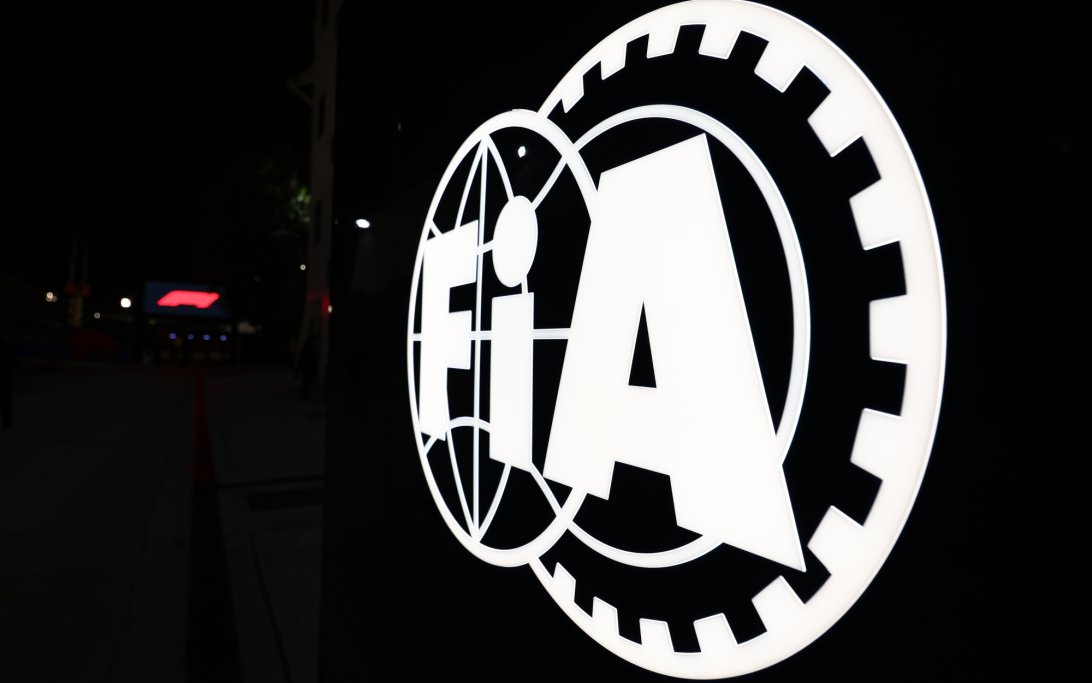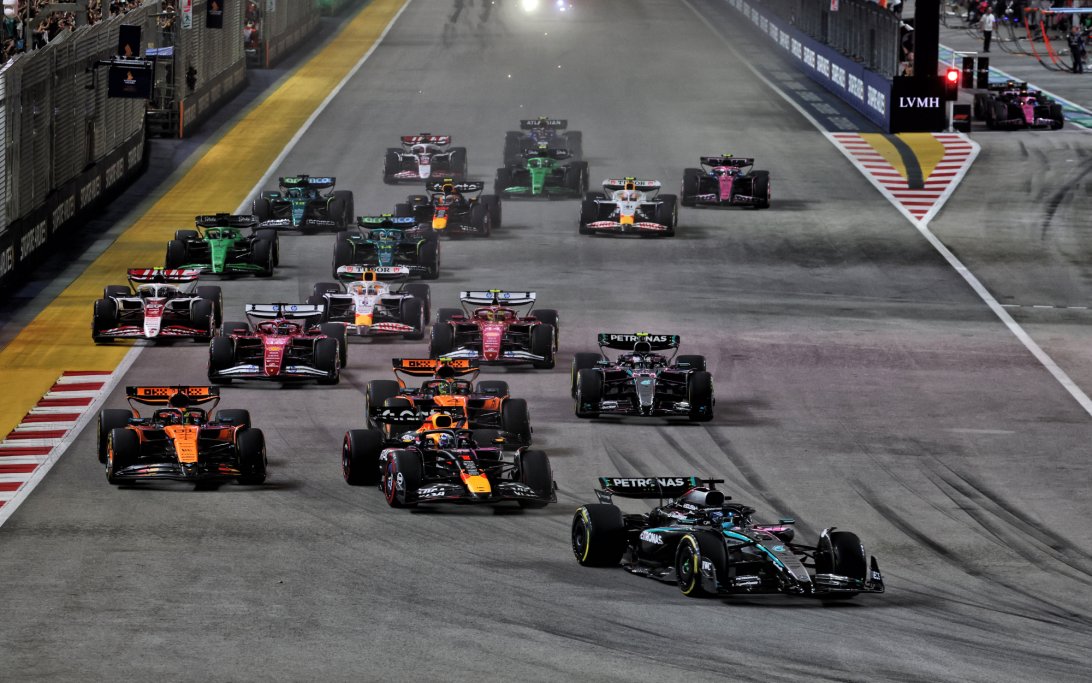
FIA Declares Heat Hazard for United States Grand Prix
For the second consecutive F1 round, the FIA has declared a 'Heat Hazard,' this time for the United States Grand Prix at the Circuit of the Americas. With temperatures in Austin expected to exceed 31 degrees Celsius throughout the weekend, drivers will face mandatory choices regarding cooling measures to ensure their safety and performance.
Why it matters:
High temperatures pose a significant risk to driver performance and safety, potentially leading to dehydration, fatigue, and reduced concentration. The FIA's proactive measure underscores a growing concern for athlete well-being in extreme conditions, impacting strategic decisions for teams and driver comfort during crucial race sessions.
The details:
- Official Declaration: The FIA confirmed the 'Heat Hazard' in accordance with Article 26.19 of the Sporting Regulations, following a forecast predicting the Heat Index will surpass 31.0°C during the Sprint or Race.
- Mandatory Measures: Drivers are now required to either:
- Wear cooling vests, initially slated to be mandatory for 2026 but introduced earlier in challenging conditions.
- Add 0.5kg of ballast to their car's cockpit. This option is available for drivers who opt against wearing the vests.
- Prior Implementation: This marks the second instance of such a declaration, with the first being at the preceding Singapore Grand Prix, where similar high temperatures were anticipated.
- Driver Reception: The cooling vests have been a contentious topic among drivers. At the Marina Bay Street Circuit, prominent figures like Lewis Hamilton and Max Verstappen expressed their reservations, highlighting concerns about comfort and mobility within the already cramped cockpits.
What's next:
Teams and drivers will need to carefully consider their strategy regarding these measures. While cooling vests offer direct thermal regulation, adding ballast could marginally affect car balance and performance. The decision will likely depend on individual driver preference, physical conditioning, and the specific characteristics of their car setup for the demanding Austin track. This ruling sets a precedent for future races in similarly hot climates, emphasizing the FIA's commitment to driver welfare in extreme environmental conditions.
Original Article :https://racingnews365.com/fia-take-drastic-measure-for-second-consecutive-f1-rou...









